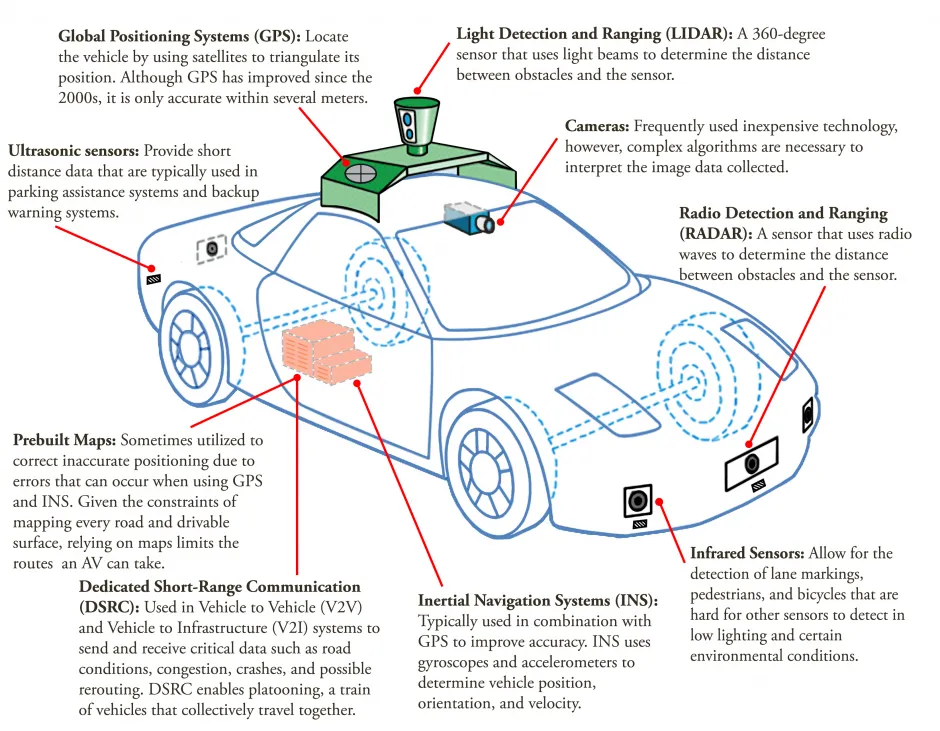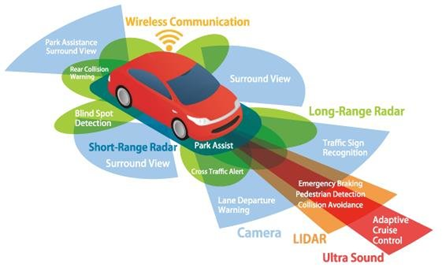
The Rise of Autonomous Vehicles: A New Era for the Automotive Industry. The automotive industry is witnessing a monumental shift with the rise of autonomous vehicles (AVs). As technology continues to advance, self-driving cars are no longer the stuff of science fiction; they are becoming a reality. This article explores the implications of this transformative trend and what it means for the future of transportation.
Understanding Autonomous Vehicles

Autonomous vehicles are equipped with advanced technologies that enable them to navigate and operate without human intervention. Ranging from semi-autonomous systems that assist drivers to fully autonomous cars that require no human input, these vehicles utilize a combination of sensors, cameras, and artificial intelligence to perceive their surroundings.
In recent years, significant progress has been made in developing AV technology. Companies like Waymo, Tesla, and traditional automakers are investing heavily in research and development, pushing the boundaries of what is possible. In 2024, many consumers are experiencing these innovations firsthand through features like adaptive cruise control and lane-keeping assistance.
Benefits of Autonomous Vehicles
The rise of autonomous vehicles promises a myriad of benefits that could revolutionize the automotive industry and our daily lives. One of the most compelling advantages is enhanced safety. According to statistics, the majority of traffic accidents are caused by human error. By removing the human factor from driving, AVs have the potential to significantly reduce accidents, injuries, and fatalities on the roads. (Read More: Eco-Friendly Car Air Fresheners: The Best Sustainable Options in 2024).
Additionally, AVs can improve traffic efficiency. With their ability to communicate with each other and the surrounding infrastructure, self-driving cars can optimize traffic flow, reduce congestion, and minimize travel times. This leads to a more efficient transportation system overall.
Moreover, autonomous vehicles hold the promise of increased accessibility. For individuals unable to drive, such as the elderly or disabled, AVs provide a new level of independence. This shift could enhance mobility for countless people, making transportation more inclusive.
Technological Innovations Driving Autonomous Vehicles

Several key technologies are at the forefront of the autonomous vehicle revolution. One of the most critical components is artificial intelligence (AI), which enables vehicles to learn from vast amounts of data and make real-time decisions based on their surroundings. Machine learning algorithms are continuously improving, allowing AVs to better understand complex environments. (Read More: Electric Car Brands to Watch: Leading the Green Revolution).
Another essential technology is sensor systems, which include LiDAR, radar, and cameras. These sensors allow vehicles to detect obstacles, read traffic signs, and gauge their speed in real time. In 2024, advancements in sensor technology are resulting in more accurate and reliable perception capabilities, enhancing the overall safety of autonomous systems.
Connectivity is also a vital aspect of AVs. Vehicle-to-everything (V2X) communication enables cars to share information with each other and the infrastructure around them. This capability enhances safety and efficiency, as vehicles can respond proactively to changes in traffic conditions.
Regulatory and Ethical Considerations
As the automotive industry embraces the rise of autonomous vehicles, it also faces a host of regulatory and ethical challenges. Governments around the world are grappling with how to create regulations that ensure safety while promoting innovation. In 2024, many regions are developing frameworks to test and deploy AVs on public roads, balancing the need for regulation with the potential benefits of this technology. (Read More: Baleno Car vs. Its Competitors: Which Hatchback Reigns Supreme in 2024?).
Ethical considerations also arise, particularly in scenarios where AVs must make split-second decisions in critical situations. How should a self-driving car prioritize the safety of its passengers versus that of pedestrians? These moral dilemmas will require thoughtful dialogue among industry leaders, policymakers, and the public to establish guidelines that reflect societal values.
The Future of the Automotive Industry

The rise of autonomous vehicles signals a new era for the automotive industry. With the ongoing advancements in technology, the potential for AVs to reshape our transportation systems is immense. However, this transition will not happen overnight. It requires collaboration among manufacturers, technology developers, and regulators to create a safe and effective ecosystem for autonomous vehicles.
In 2024, we are witnessing the initial stages of this transformation, with pilot programs and public interest growing. As more people become comfortable with the concept of self-driving cars, we can expect to see a gradual integration of AVs into our daily lives.
Conclusion article The Rise of Autonomous Vehicles: A New Era for the Automotive Industry
The rise of autonomous vehicles is poised to redefine the automotive industry and the way we approach transportation. Here are five key takeaways from this exciting development:
- Enhanced Safety: AVs have the potential to significantly reduce accidents caused by human error, leading to safer roads.
- Traffic Efficiency: Autonomous vehicles can optimize traffic flow, reducing congestion and travel times.
- Increased Accessibility: AVs offer greater mobility for individuals unable to drive, enhancing independence for many.
- Technological Integration: Innovations in AI, sensors, and connectivity are driving the development of reliable autonomous systems.
- Regulatory Challenges: The industry must navigate complex regulatory and ethical considerations as AV technology evolves.
As we embrace this new era of transportation, the automotive industry stands at the forefront of a technological revolution that could change the way we live, work, and travel.




